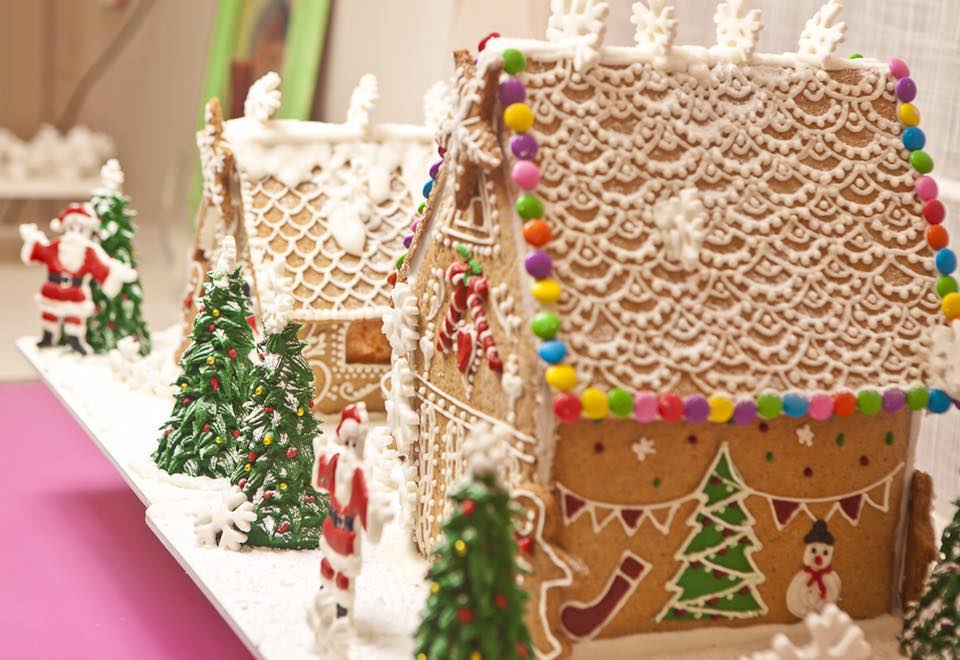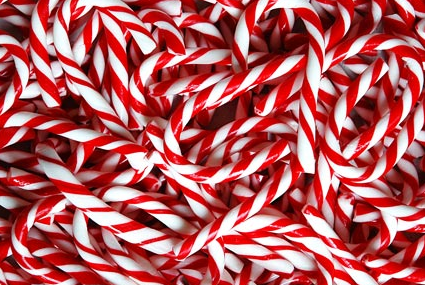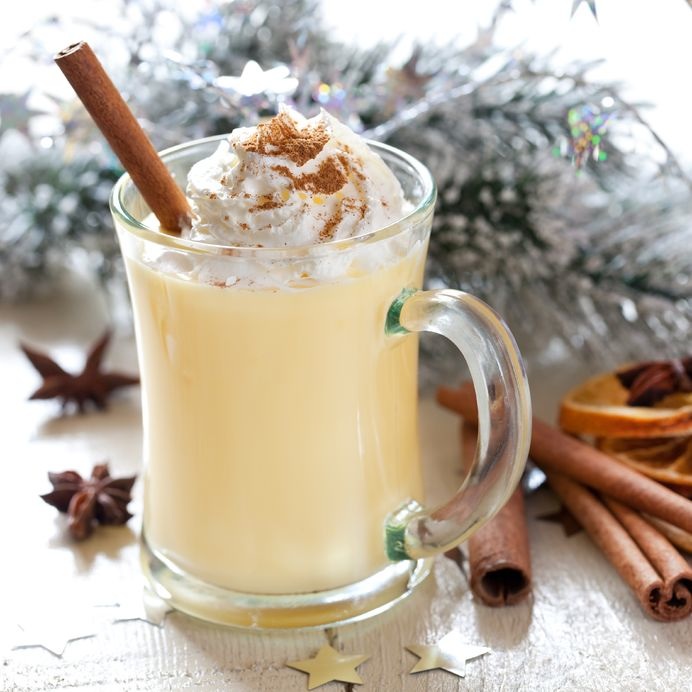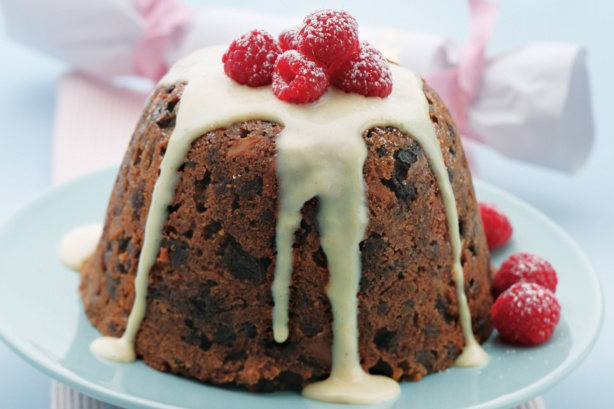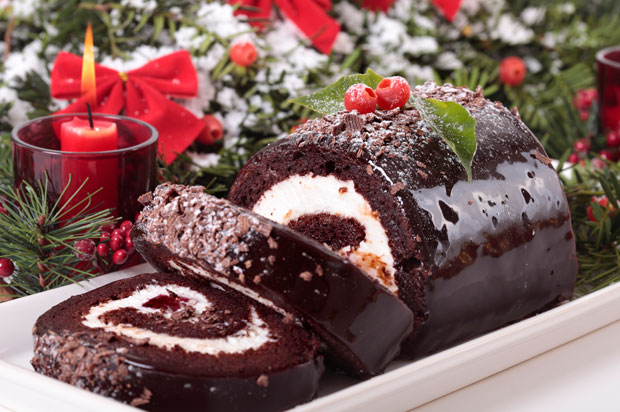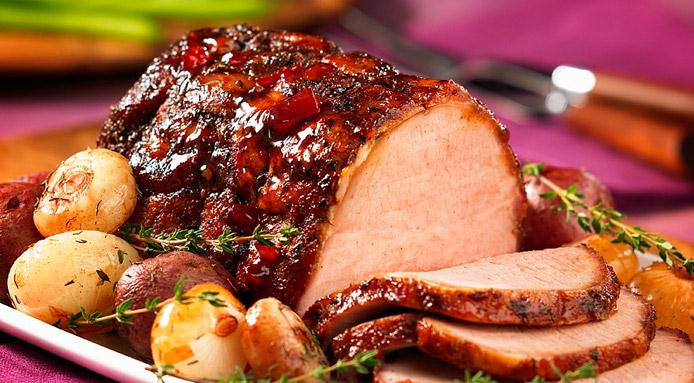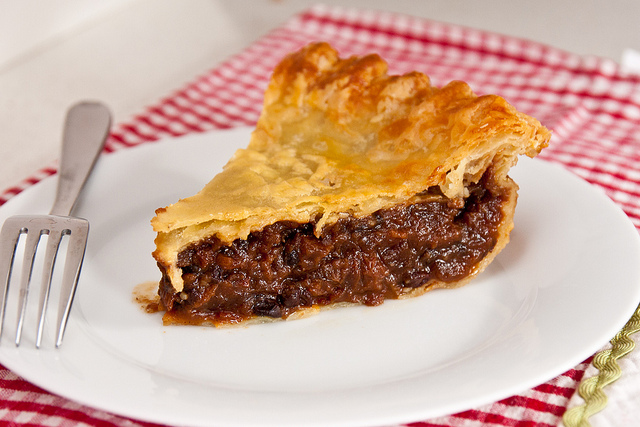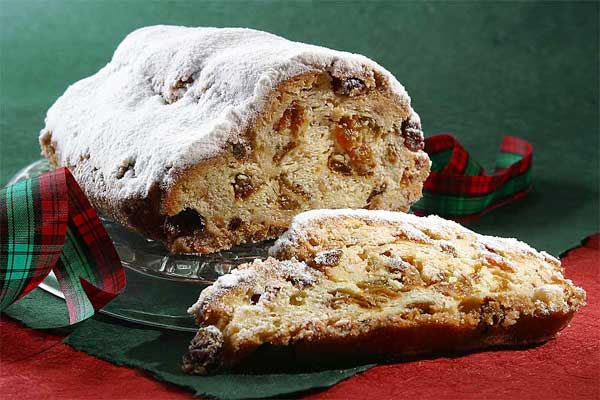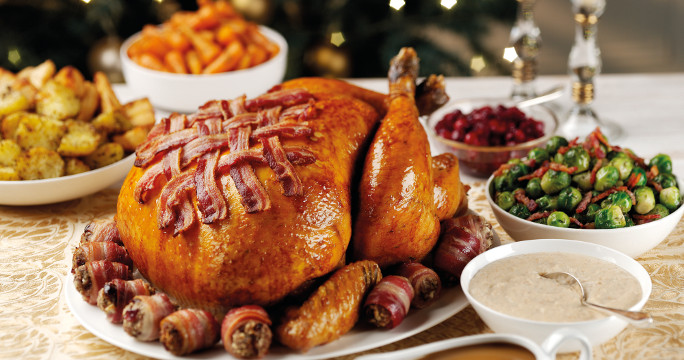Festivals
All You Need To Know About The History Of Traditional Christmas Foods
Unless you are on a really really sad diet, your plate will be filled with traditional food every festive season. So who decides which holiday calls for what kind of food? No, not your grandmother.
The histories of holiday menus trace back way before any of our grandparents were born. Right from a pumpkin pie to the plum cake, every traditional dish has a story. Here’s unveiling the saga of the coveted Christmas dinner.
-
Christmas Cookies
Christmas cookies trace their roots to Medieval European recipes that were prepared by cooks only for special occasions and festivals.
Dutch and German settlers introduced cookie cutters, decorative moulds, and festive holiday decorations to America. The German gingerbread is probably the first cake/cookie traditionally associated with Christmas. Apart from that, sugar cookies are descendants from English societies.
-
Gingerbread Houses
Gingerbread has an incredibly long history as a food. It has been shaped into Christmas tree ornaments since at least the Victorian era. As for gingerbread houses, they became popular after the Grimm Brothers published Hansel and Gretel, though it’s unclear whether the edible edifices got their start as a literary invention.
In parts of Europe in the 17th century, only professional gingerbread makers were allowed to bake the stuff year-round. That restriction was lifted during Christmas and Easter, which explains the Christmas-gingerbread excitement.
-
Candy Canes
Sugar was once a prized and expensive commodity typically reserved for holidays like Christmas. According to folklore, the crook-shaped candy cane originated around 1670, the invention of a German choirmaster as an enticement to keep young singers quiet during services.
Though the tale lacks evidence, it is certain that the colored stripes were added after 1900, likely to represent peppermint or wintergreen flavors.
-
Eggnog
Eggnogs as we gulp today are a variant of milk- and wine-based English punches that trace back to at least the 17th century. Nogs at that time were often made for social occasions, to toast the health of people at the table, so they were a natural choice for spreading Christmas cheer.
Contrasting the traditional ones, today’s eggnogs are a frothy concoction of eggs, milk, and sugar spiked with rum or bourbon.
-
Plum Pudding
The tradition of eating plum pudding on Christmas originated with a Roman Catholic Church announcement to make a 13 ingredient-pudding to represent Christ and the apostles. Family members took turns stirring the pudding from east to west to memorialise the Magi’s journey.
“Plum” once signified any dried fruit, as echoed in Victorian pudding recipes, which included raisins, currants, beef suet, citrus zest, almonds, and spices — but not plums.
-
Bûche de Noël (Yule Log)
A layered or rolled sponge cake filled with buttercream, the Buche de Noel is a log-shaped cake meant to evoke the Yule log that once burned in European fireplaces throughout Christmas.
-
Christmas Ham
Traditionally, a boar’s head was the edible lynchpin on the wealthiest holiday tables in Tudor England. It was a relic from the pagan tradition to honor Freyr, a Norse god of the harvest and fertility, who was associated with boars.
For less prosperous households, a Yule ham replaced the flashier boar head. Till today, ham remains the centerpiece of Christmas menus in many parts of the world.
-
Minced Meat
Mincemeat was originally made of chopped meat mixed with dried fruits, sugar, and spices. It was a way to stretch the meat supply and use up leftovers. But over time, lesser meat was included in the recipe, as a result of which, the mincemeat we know today is made entirely from fruits, sugar and alcohol.
Another lore states that mincemeat pies were popular at Christmas courtesy the Saturnalia tradition of presenting sweetmeats to Roman fathers in the Vatican. Puritans condemned mincemeat pies as a Catholic custom, which probably explains why they’re more popular in the UK than in the US.
-
Stollen
Stollen can be traced back to the 15th century. Though like many of its contemporaries, the stolen recipe also has been modified over the years. The change includes an additional quantity of butter which makes for a richer cake.
Over time the Stollen recipe has grown into the dried fruit- and marzipan loaf that we scoff down at Christmas. The sugar-dusted elongated delicacy is said to represent a draped Baby Jesus, and is hence sometimes called Christollen.
-
Fruit Cakes
The recipe for the fruit-laden – and sometimes boozy – fruitcakes have their roots in the Middle Ages. Back in the day, dried fruits and sugar were expensive imports, so using them in large quantity was strictly a special-occasion endeavor – making the fruit cake a festive eat.
-
Christmas Birds
Food historians disclose that the practice of serving large, stuffed birds for Christmas, like many other Christian holiday food traditions, was borrowed from earlier cultural practices. Peacocks, swans, geese and turkeys were all a part of this tradition. Basically, the larger the bird, the more festive the presence.
According to records, the “New World” turkeys were introduced to Europe in the 16th century and for years, these “exotic” turkeys graced only the tables of the wealthy. Working-class English Victorian families, on the other hand, belonged to Goose Clubs.


